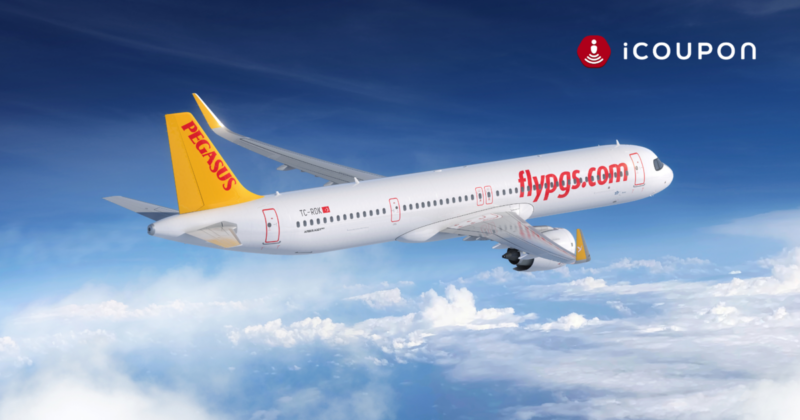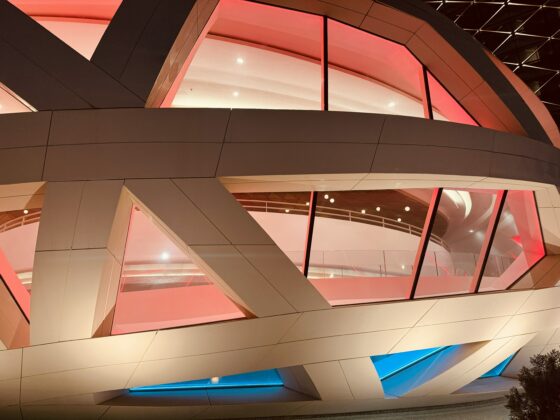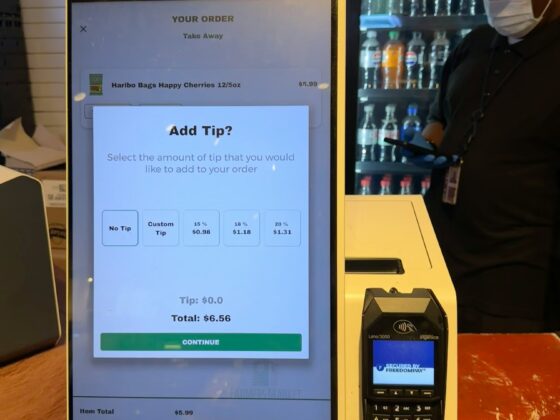I don’t enjoy talking about failures, but when a $𝟮 𝗯𝗶𝗹𝗹𝗶𝗼𝗻 𝘀𝘁𝗮𝗿𝘁𝘂𝗽 𝗰𝗼𝗹𝗹𝗮𝗽𝘀𝗲𝘀 𝗼𝘃𝗲𝗿𝗻𝗶𝗴𝗵𝘁, it’s worth asking why.
This week, Sonder Inc., once valued at over $2 billion and hailed as “the next Airbnb meets Marriott”, shut down.
After 11 years, the company filed for bankruptcy just one day after 𝗠𝗮𝗿𝗿𝗶𝗼𝘁𝘁 𝗲𝗻𝗱𝗲𝗱 𝘁𝗵𝗲𝗶𝗿 𝗽𝗮𝗿𝘁𝗻𝗲𝗿𝘀𝗵𝗶𝗽.
At first glance, it looks like a tech integration gone wrong.
But the truth runs deeper, and it’s a masterclass in what not to do when building a hospitality-tech business.
Here’s what really killed Sonder 👇
1️⃣ The wrong foundation – Sonder’s “master lease” model meant paying fixed rent for thousands of apartments. Great when occupancy is 90%, catastrophic when it’s 60%. They built a hotel chain without owning hotels, but with all the risk of one.
2️⃣ The tech illusion – They called themselves a “tech company,” but their tech was just a digital layer. The core business was real estate, operations, and cleaning, not code.
3️⃣ The lifeline that drowned them – The Marriott deal looked like salvation: access to 200 million Bonvoy members. But the integration failed, costs exploded, and revenue dropped once direct bookings had to go through Marriott (and pay commissions).
4️⃣ Timing and leadership – The founder and CFO left right after the Marriott rollout, a classic red flag. When leadership exits at “the best moment,” it’s rarely a coincidence.
So what do we learn from it:
– “Tech-enabled” doesn’t make a business scalable.
– Operational excellence still beats storytelling.
– Partnerships should be tested for dependency risk, not just reach.
– If your business model only works in perfect conditions, it’s not innovation, it’s speculation.
Failures like this are uncomfortable to watch, but for those of us building in travel and hospitality, they’re invaluable.







